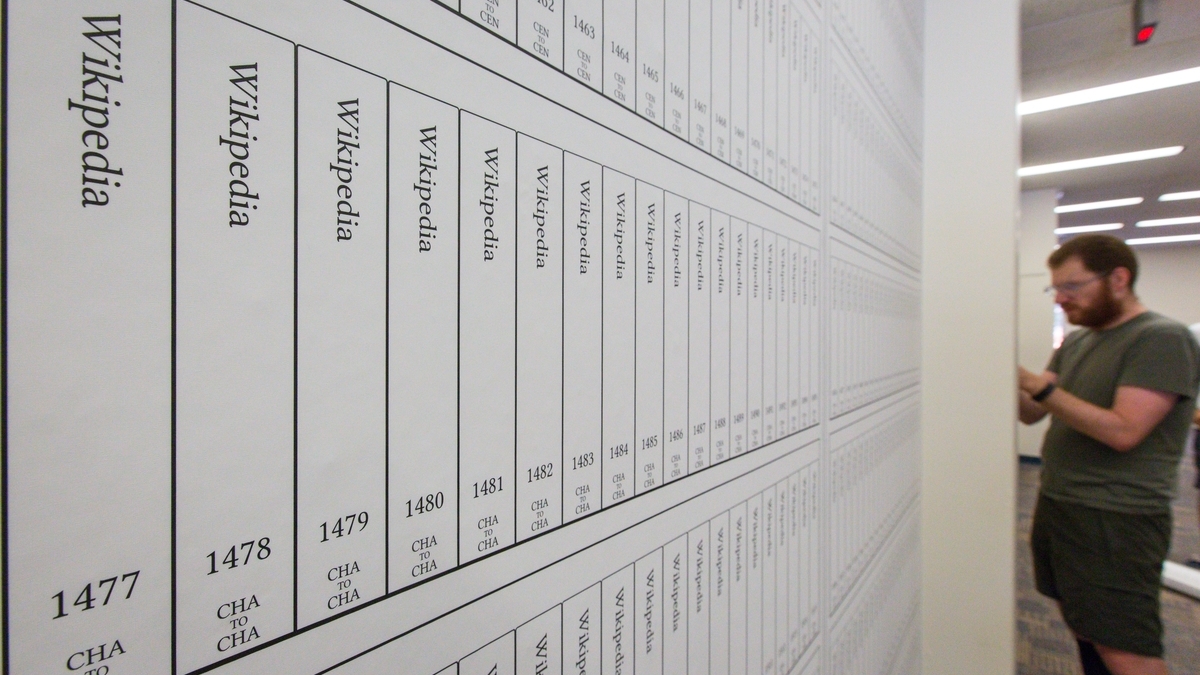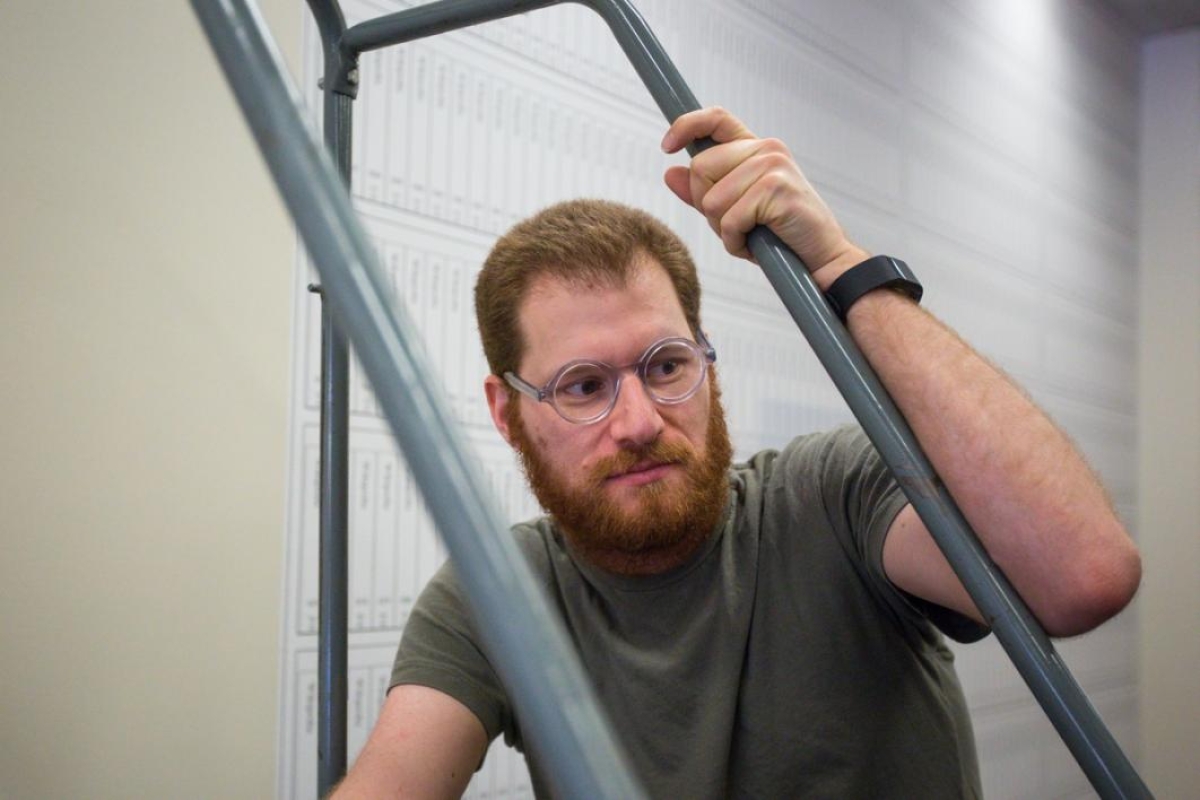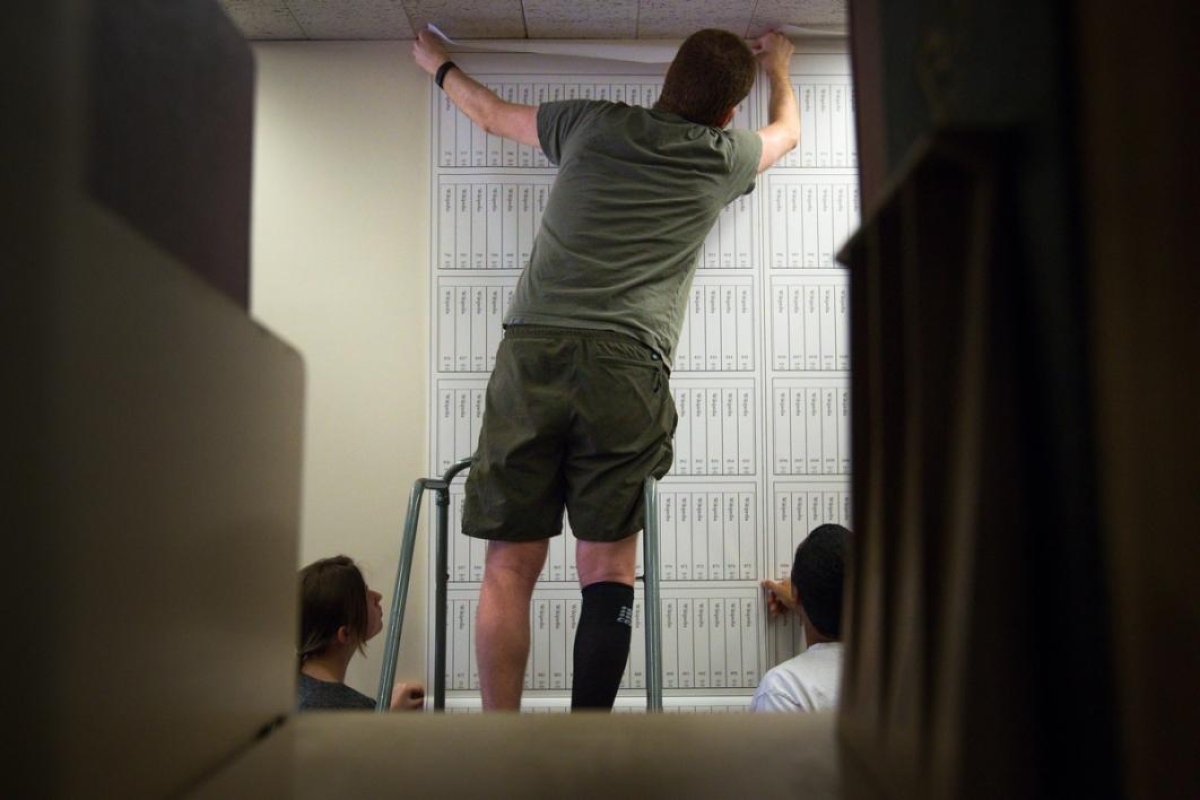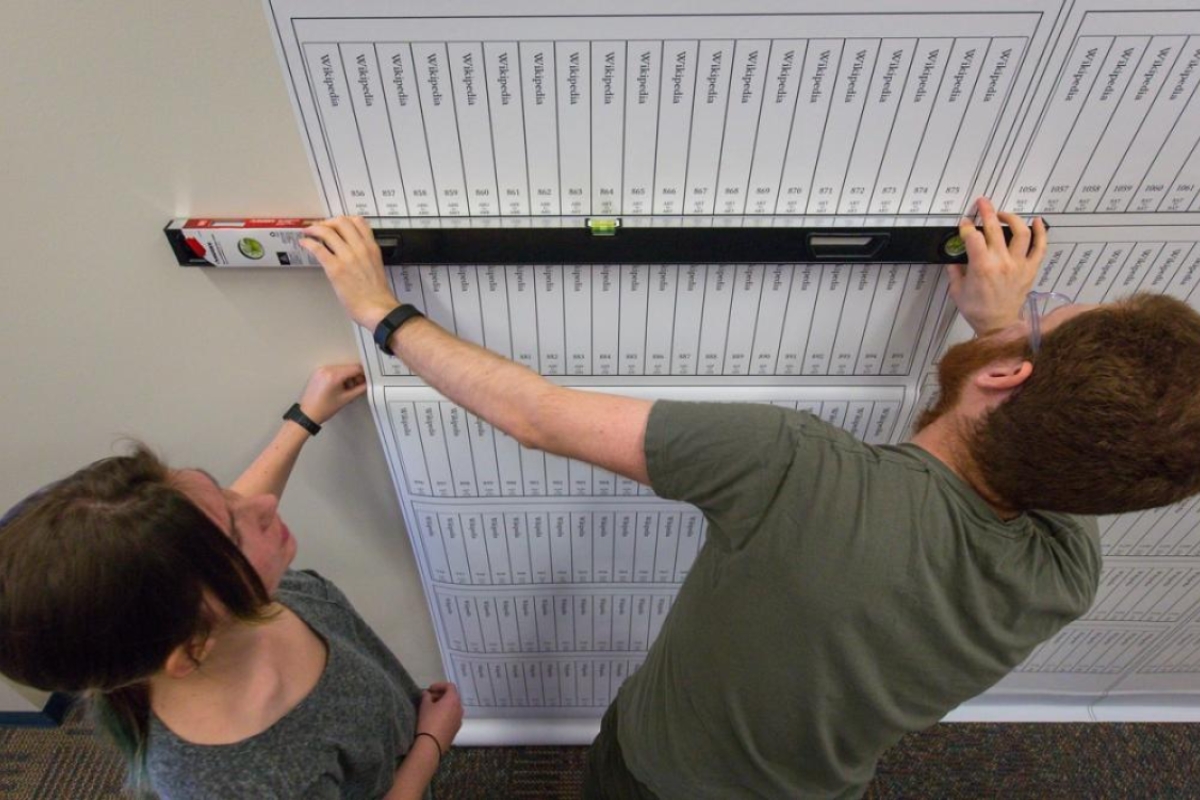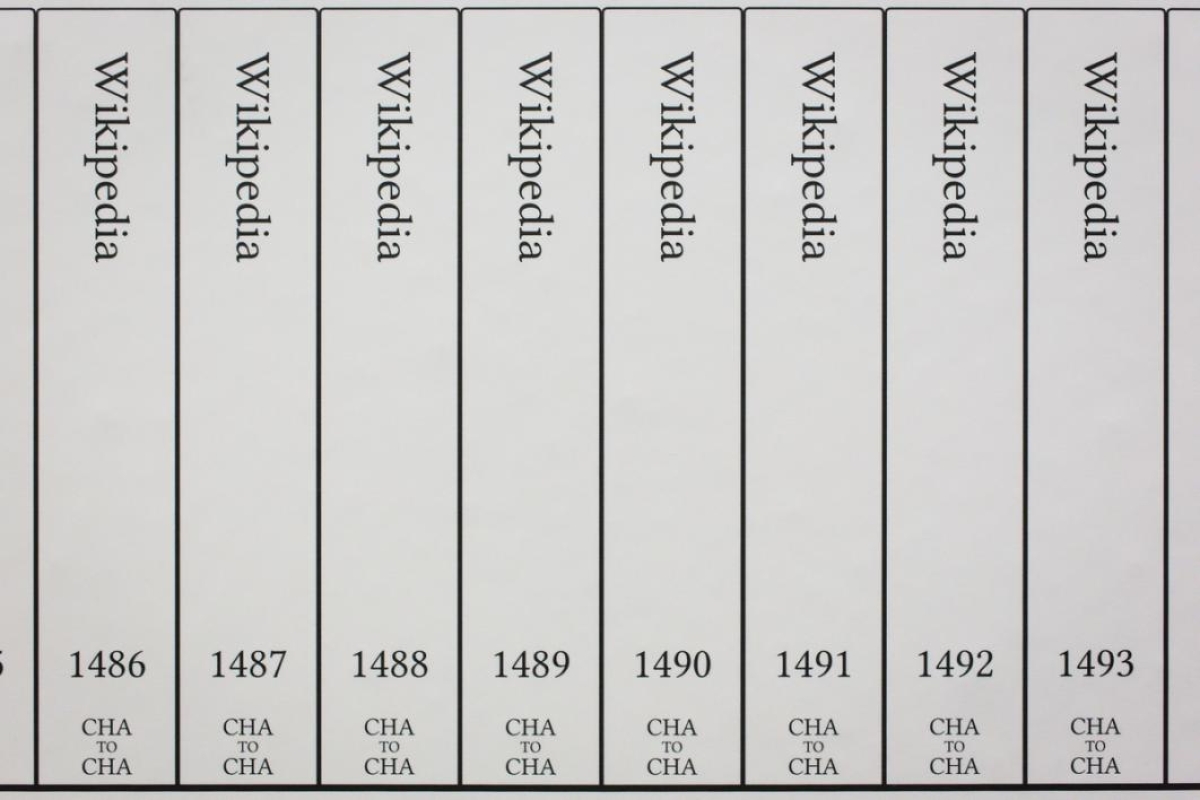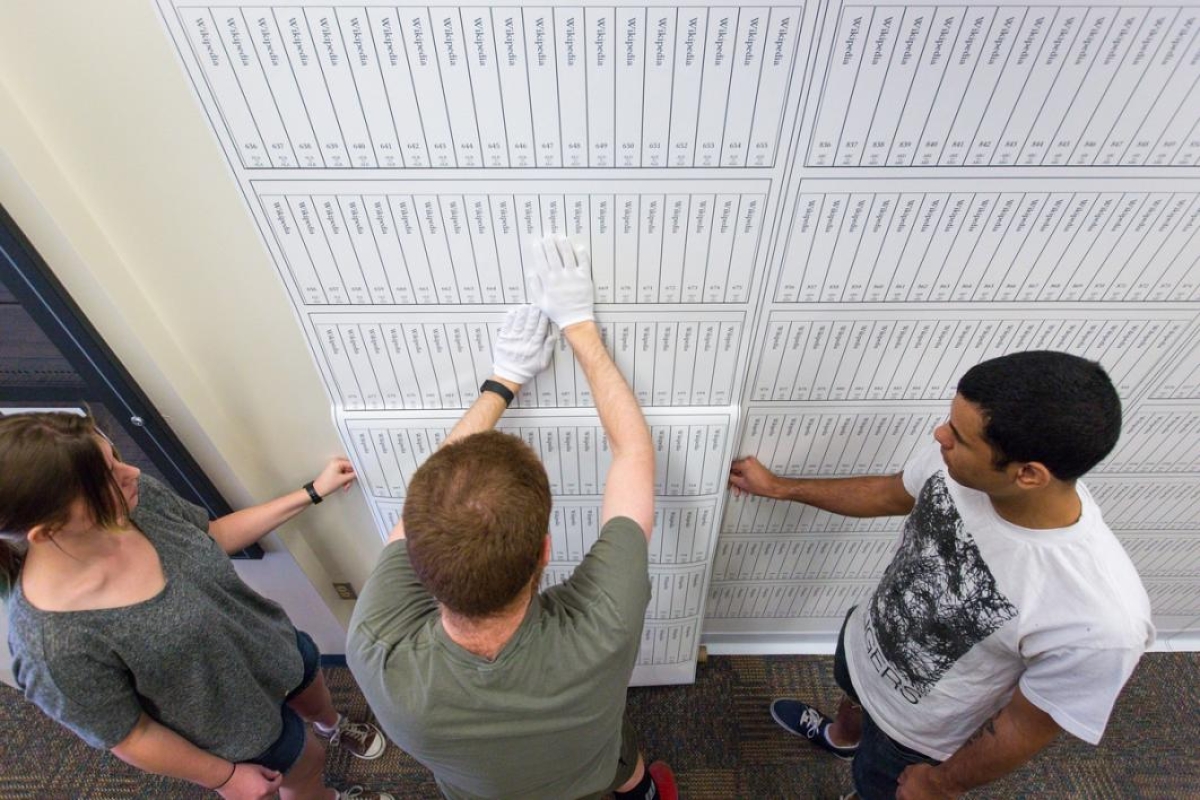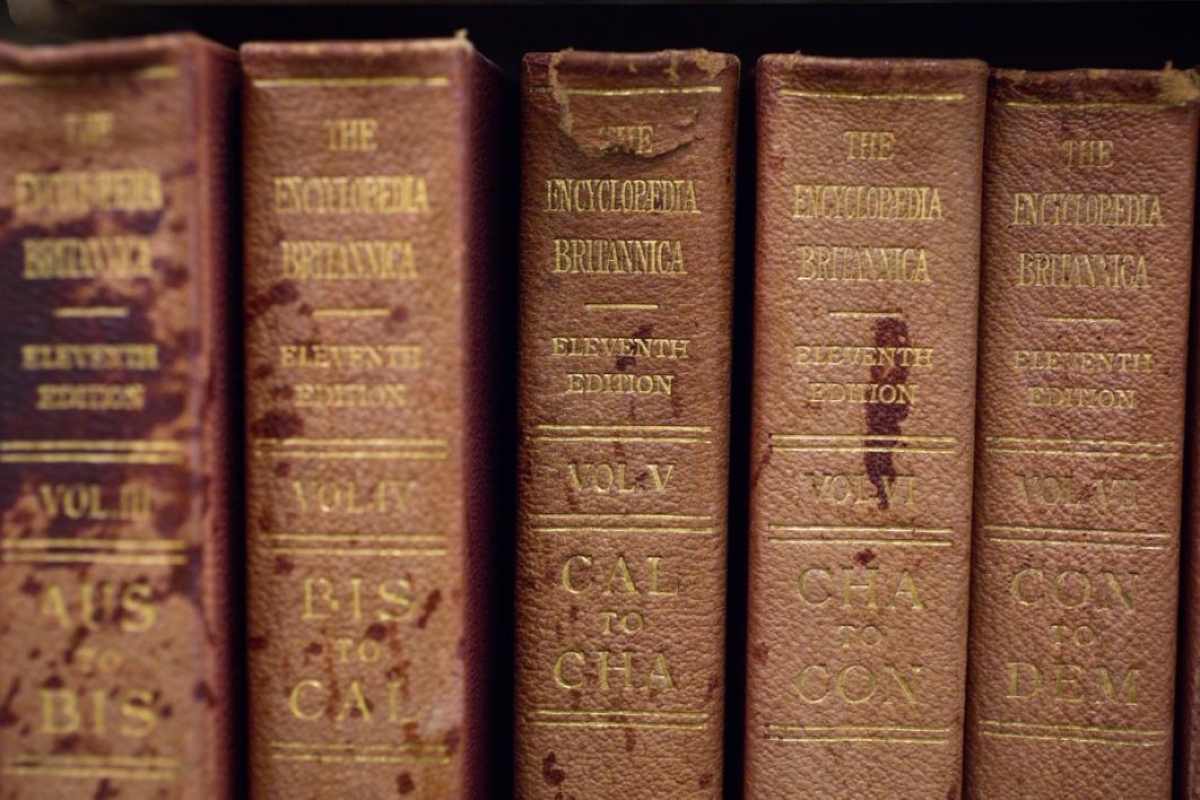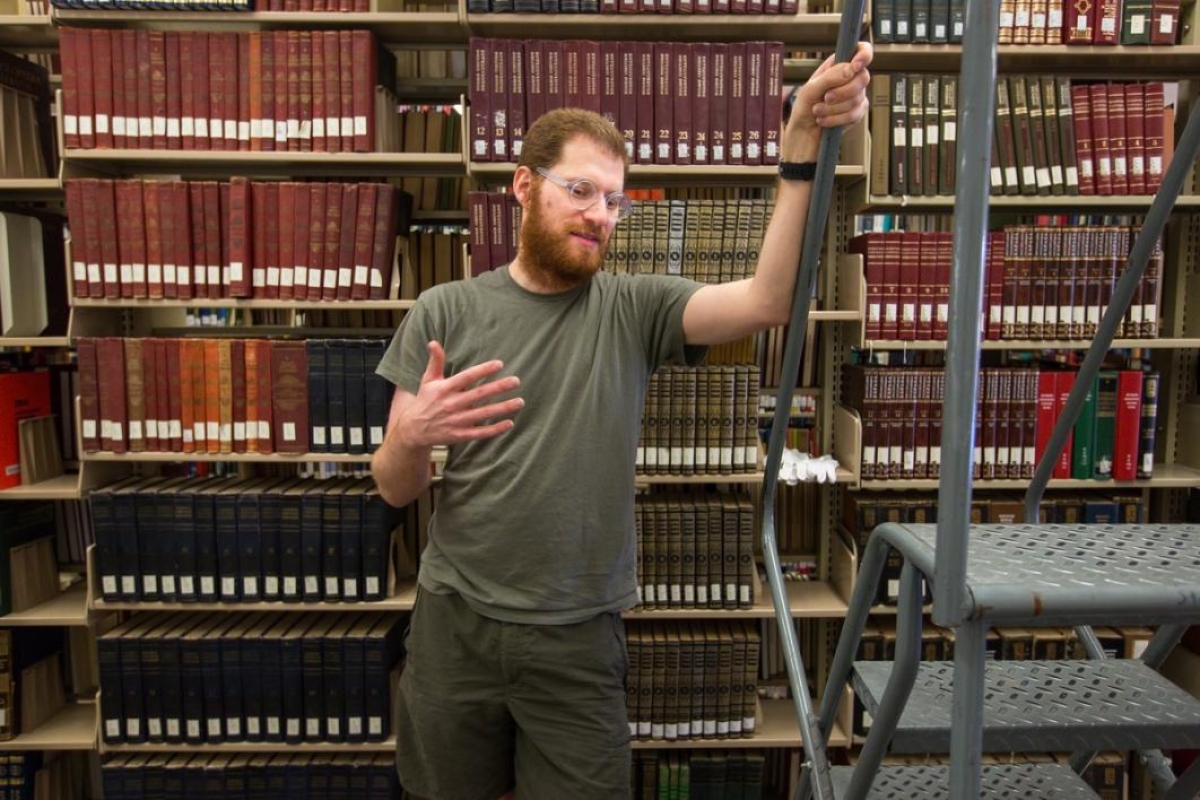Interdisciplinary artist Michael Mandiberg is interested in how modern life is defined by information.
To help visualize what he calls the “largest accumulation of human knowledge,” Mandiberg wrote software to transform the entirety of the English-language Wikipedia database as it existed on April 7, 2015, into 7,473 printed volumes — each consisting of 700 pages ready to be printed on demand.
“Print Wikipedia,” an exhibition of Mandiberg’s project, opened at the Denny Gallery in New York City in July 2015 to widespread and international media attention. Now, a selection of “Print Wikipedia” volumes has been acquired for the permanent collection and is being shown at Arizona State University’s Hayden Library. It is the first time they have been displayed outside of an art space setting.
ASU Now spoke with Mandiberg, who with two undergraduate students was working to install the forthcoming exhibit, which will run from Feb. 24 through May 21 on the library’s upper concourse and first-floor atrium — opposite stacks holding reference materials including the World Book and Encyclopaedia Britannica. Mandiberg offered his thoughts on a range of topics, including the role of libraries, the importance of archiving and cataloguing information and what it was like to come to Arizona from frigid New York.
Question: Can you summarize what you’re working on at ASU?
Answer: I’m installing “Print Wikipedia” as a joint project between the library and the art museum. I think it is really important because of the ways in which this work speaks to both contexts. It’s been installed in three art spaces — first in Denny Gallery in New York, then in a gallery at Ohio State and then most recently in an art fair in Munich. I’m really excited about it being in a library because it involves aspects of information, organization, databases, reference, librarianship, information and information literacy, but it’s also deeply steeped in art historical practices of appropriation and conceptual art and aesthetics.
Q: There was a New Yorker article about a year ago asking if the Internet can be archived. What are your thoughts about libraries and their role in creating and storing knowledge?
A: These are some of the exact questions that I know [University Librarian] Jim O’Donnell wanted to raise by bringing this project here. These are the questions that libraries are facing. I happened to be in Nova Scotia when we were having some of these early conversations, and in Halifax they just put in a new public library. It’s been winning architectural awards — not just because it’s a really interesting building, but because of the way it completely reconceives what a library is as kind of a town center. There’s a coffee shop in the library. There are books, but not that many because they recognize that so much information that we consume and produce takes place electronically, yet we still need that kind of world-making function that the physical library provides.
But the real question then is about archiving — where does it live and who preserves it? [With Facebook and Twitter] our personal media production ends up being something very disposable.
Q: How did the conversations with Jim O’Donnell go, and how did this project come about?
A: He emailed me. It was in the middle of the most crazy art week I’ve ever had in my life. The show had just gone up. It was on the front page of the New York Times’ art section the day before it launched. There were dozens of press requests, plus we hadn’t finished the work … and then the code broke because that’s what code does. So it was in a big blur. Then we came back to it several times and figured out the right way for it to work and I was really excited about it.
Q: In a way, does this exhibit help usher in a re-envisioned Hayden Library, for which renovation plans are in the works?
A: The vision for this was a conversation about the future of information, about the future of what libraries are. What does a library look like? What’s the difference between a public library and what’s been done in Halifax versus a university library? What’s the role of a university library? How is that different from a public library?
I mean, realistically, librarianship and the MLS degree, in particular, is one of the most important degrees of the 21st century because it’s all about organizing information.
Q: Do you use Wikipedia when you teach [at the City University of New York]?
A: I teach with Wikipedia. I assign my students to write articles on Wikipedia as their term papers or as midterm papers. I have them do that for a variety of reasons, one of which is to make their knowledge public.
Q: What about Wikipedia and historical revisionists that might promote a certain viewpoint?
A: Yes, that is a problem. But it is a problem in every context. Isn’t it also a problem in history books? Is it not also a problem on the nightly news?
In 2005, there was an article in Nature, which is the peer-reviewed science journal, which said that Wikipedia had more or less equivalent — if not sometimes less — errors than Britannica. Then it pointed out all the errors in those articles. Then the Wikipedians went and corrected all those errors. Ten years later, it’s much more robust. No one has gone back and redone that study, which is disappointing because it would be just such a slam dunk.
Q: Can you talk about what your experience has been like working in Arizona this week?
A: I love the sun. I came from New York. Two days before I left, it was one degree out, with a wind-chill of about –20.
I had some really great studio visits with some grad students. I’ve met some really nice people. Everyone here is so friendly.
Michael Mandiberg’s exhibit, “In the Stacks: Print Wikipedia,” is a partnership between ASU Libraries, the ASU Herberger Institute for Design and the Arts, the ASU Art Museum and Denny Gallery. Full details about the exhibition’s grand opening and related events and lectures can be found at https://www.asu.edu/lib/printwikipedia/.
More Arts, humanities and education

School of Social Transformation faculty member assumes new title with NSF
School of Social Transformation faculty member and Founding Executive Director of the Center for Gender Equity in Science and Technology (CGEST) Kimberly Scott is accepting a new position…
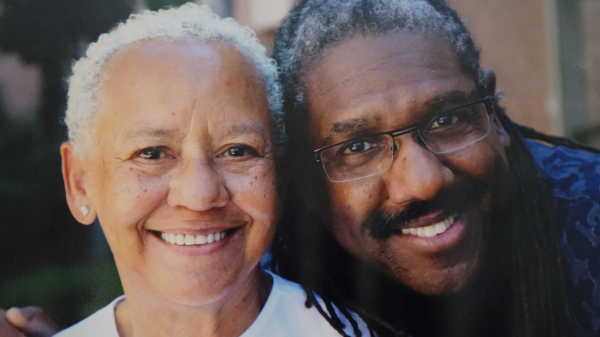
ASU's Neal Lester reflects on life, death of poet Nikki Giovanni
When Neal Lester heard on Monday that poet and activist Nikki Giovanni had died, the news hit hard.Lester, the founding director of Arizona State University’s Project Humanities and a Foundation…

Learning by stepping outside
By Adriana MaestasAmid a world increasingly captivated by all things digital, more than 200 Arizona teachers have crafted immersive educational experiences that nudge students to step away from their…
